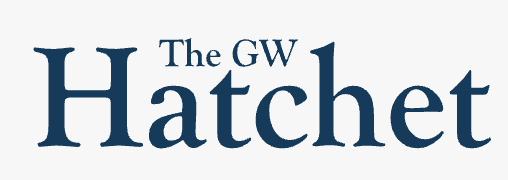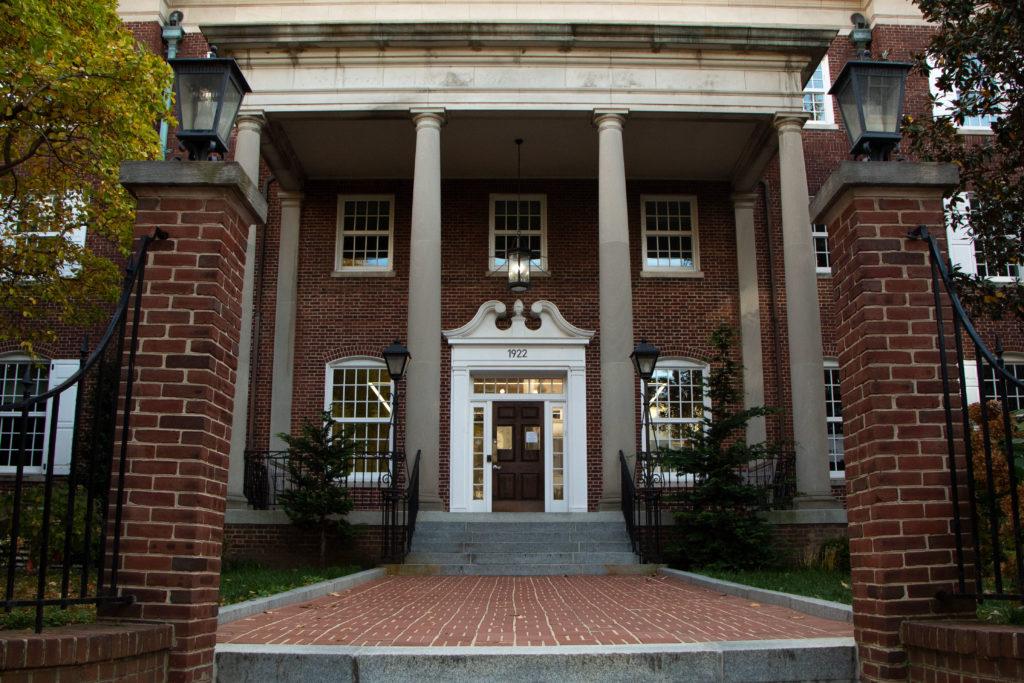The data science program paused the admission of new students to the program last fall amid high student demand and a lack of program resources.
Ryan Engstrom, the director of the program and a professor of geography, said officials closed new enrollment into the academic minor at the beginning of the academic year because of “overwhelming” interest in the program from undergraduates this year compared to the number of faculty available to advise and teach them. He said the program recently hired three new faculty members who will begin working this fall, including a director of undergraduate studies, in response to the program’s limited faculty resources.
He said when the undergraduate program exceeded 200 students, the program did not have the faculty necessary to support the influx of students. Engstrom said the data science undergraduate program currently has 240 students, with 171 majors and 69 minors and four full time faculty members in the program.
Columbian College of Arts & Sciences Vice Dean for Programs and Operations Kim Gross said the minor stopped accepting new students to ensure the program could meet the needs of current data science majors amid “strong interest and rapid increase” in the program.
She said the program has also made it easier for students to take on a second major in data science with the addition of the new faculty members, and officials plan to reevaluate accepting more applications after the faculty join the program.
“We have also provided for additional staff support in the program to help serve students at the graduate and undergraduate level,” Gross said in an email.
Engstrom said he is unsure whether the minor will reopen to new students as it has been a struggle to support the program’s 500 undergraduate and master’s students with four full-time faculty before the additional hires to guide students and teach courses.
He said the data science program recently received support from officials by hiring a new staff member in addition to the three new faculty members for the program.
The program has not had a director of undergraduate studies since Edwin Lo, a former professor of data science, left in August. Engstrom said Lo’s departure left the program’s faculty and staff “scrambling” to cover courses and student advising.
He said the data science minor was paused only for students trying to join the program, and those already registered as data science minors can still complete their minor coursework.
“We didn’t have the capacity to accommodate that many students that were interested in the minor,” Engstrom said. “So we just wanted to limit it to students that were interested in the major.”
Engstrom said the data science program, which officials launched in August 2021, grew too quickly for faculty to handle its “speed” and offer new courses to accommodate the influx of students.
He said the data science program is not receiving all the support it needs from GW. He said CCAS does a “large amount” of teaching for data science across the University, but public investments into artificial intelligence and data research go to a variety of programs.
Engstrom said the rise in the program’s demand caused it to turn to faculty from other parts of CCAS to teach data science since demand increased. He added that the program has been asking officials for additional faculty for years due to the growing demand.
Engstrom said he thinks the growing demand to study data science is driven by the subject being the most “cutting edge” technical skill that students can learn. Engstrom said students should major in data science instead of pursuing a minor in the department if they are interested in the subject as the major remains open to applicants.
“It allows you to be able to do that pretty easily, and so if you don’t do the minor, you can just do the major, and that’s what a lot of students do,” Engstrom said.
Bharat Khandelwal, a master’s student studying data science, said the field of data science is “booming at another level” and that there is a “big gap” in the student-faculty ratio throughout the data science program.
He said there are many areas to explore within data science and by adding more faculty, the program can offer more courses to cover these topics.
“First of all, the programs that are available, the courses that are available, there can be more, not just limited to what they are right now,” Khandelwal said. “Of course, that will need more faculty at the end.”
Sanika Narayanpethkar, a graduate student studying data science, said she believes the department is trying to find skilled professors, as the department said they are seeking faculty that can teach well like the current faculty.
“How the professors teach is more important than having more professors who might not have good knowledge,” Narayanpethkar said.
She said class registration is very competitive throughout the program. She said she really wanted to be in a course but was on the waitlist up until the end.
“I wanted a subject really bad, but I couldn’t get it because there was so much competition going with that,” Narayanpethkar said.
Phillip Castro contributed reporting.





